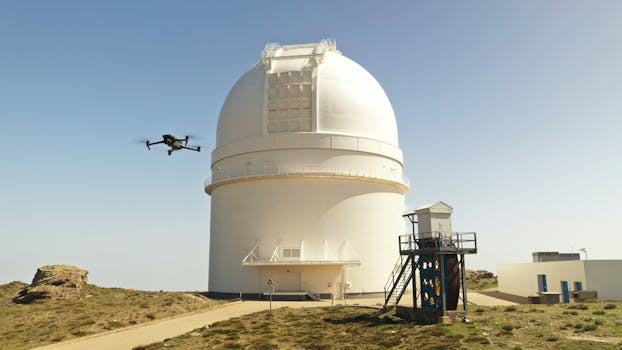
Beyond the Atmosphere: The Future of Satellite Technology for Surveillance and Connectivity is an exciting and rapidly evolving field, with new developments and innovations emerging every day. Satellite technology has come a long way since the launch of the first artificial satellite, Sputnik, in 1957. Today, satellites play a crucial role in various aspects of our lives, including communication, navigation, weather forecasting, and surveillance.
Satellite technology for surveillance and connectivity has numerous applications, including military operations, disaster response, and environmental monitoring. Satellites can provide high-resolution images and videos of the Earth’s surface, allowing for real-time monitoring and analysis of various phenomena. This can be particularly useful for tracking natural disasters such as hurricanes, wildfires, and floods, as well as monitoring environmental changes such as deforestation and ocean pollution.
The Evolution of Satellite Technology
The evolution of satellite technology has been marked by significant advancements in recent years. The development of new satellite constellations, such as OneWeb and Starlink, has enabled the provision of high-speed internet services to remote and underserved areas. These constellations consist of hundreds of small satellites that work together to provide seamless coverage and connectivity.
Another significant development in satellite technology is the use of synthetic aperture radar (SAR) satellites. SAR satellites use radar pulses to create high-resolution images of the Earth’s surface, even in cloudy or dark conditions. This technology has numerous applications, including land use mapping, crop monitoring, and disaster response.
Applications of Satellite Technology for Surveillance and Connectivity
Satellite technology for surveillance and connectivity has numerous applications in various fields. In the military, satellites are used for reconnaissance, communication, and navigation. They provide critical support for military operations, enabling real-time monitoring and analysis of enemy movements and activities.
In the field of disaster response, satellites play a crucial role in monitoring and analyzing natural disasters. They provide critical information on the extent of damage, allowing for more effective response and relief efforts. Satellites are also used for environmental monitoring, tracking changes in the Earth’s climate, and monitoring ocean pollution and deforestation.
Challenges and Limitations of Satellite Technology
Despite the numerous advantages and applications of satellite technology, there are several challenges and limitations that need to be addressed. One of the major challenges is the high cost of launching and maintaining satellites. The process of launching a satellite into space is complex and expensive, requiring significant investment and resources.
Another challenge is the issue of space debris. As more satellites are launched into space, the risk of collisions and debris increases. This can have significant consequences, including damage to operational satellites and the creation of more debris.
In conclusion, Beyond the Atmosphere: The Future of Satellite Technology for Surveillance and Connectivity is an exciting and rapidly evolving field, with numerous applications and advantages. While there are challenges and limitations that need to be addressed, the potential benefits of satellite technology make it an essential area of research and development.
The future of satellite technology holds great promise, with advancements in space exploration and development of new satellites. As technology continues to evolve, we can expect to see even more innovative applications of satellite technology for surveillance and connectivity.